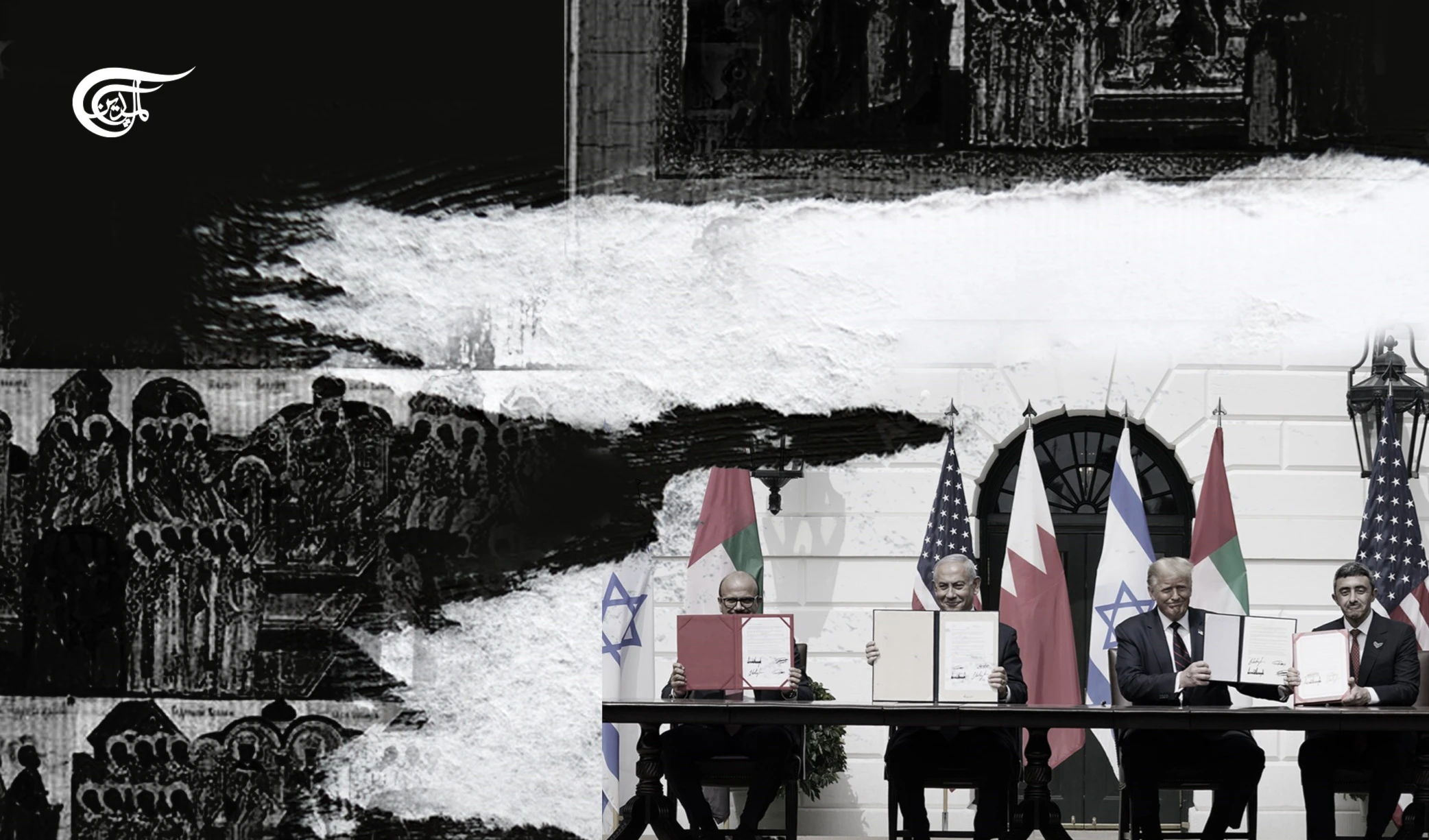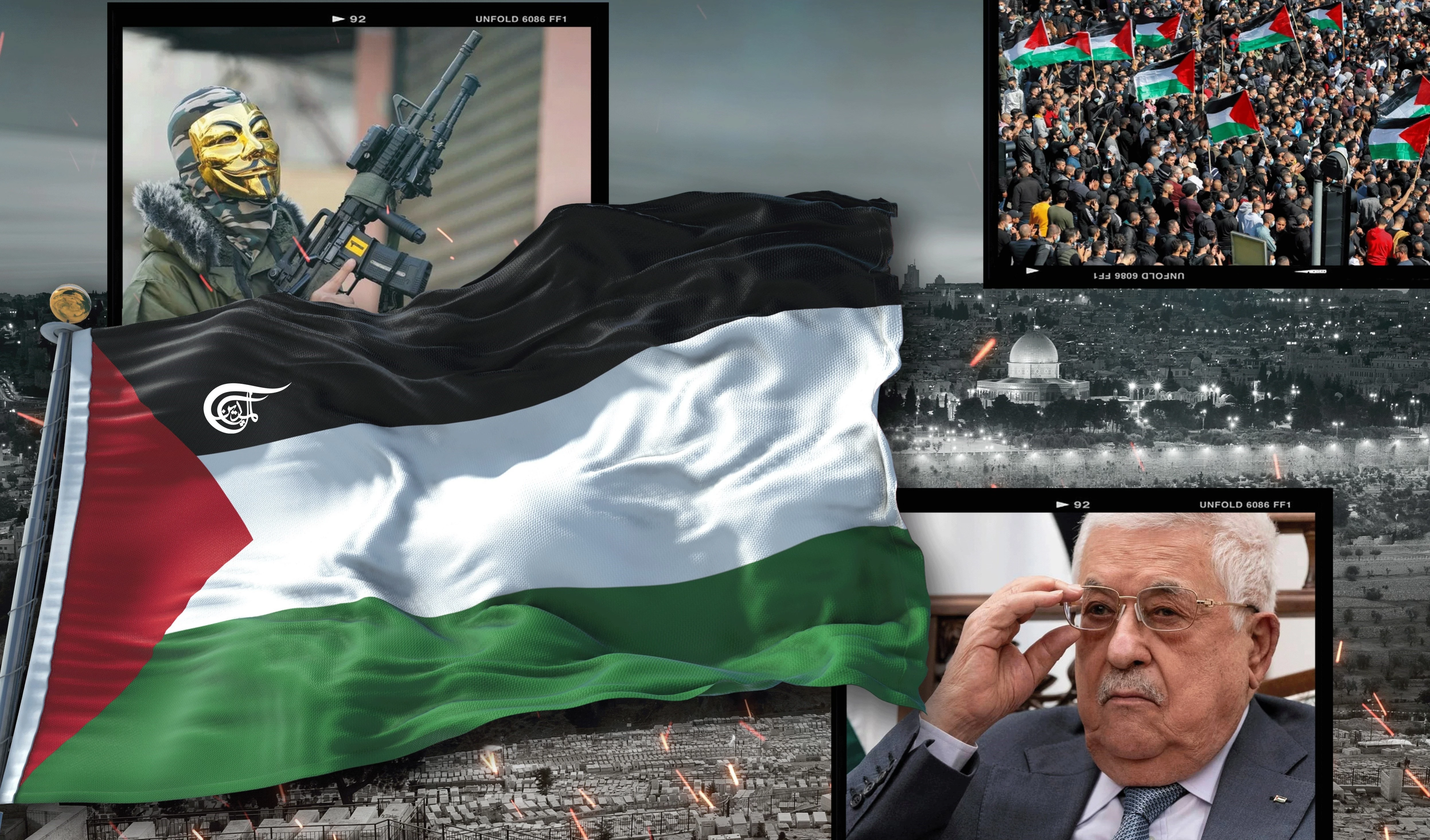Saudi Arabia’s Dilemma in Yemen: How to Get Off the Tree?
After six and half years of intensive war that drained the Saudi political, military, and financial resources, nothing has been achieved in Yemen. On the contrary, every move they made backfired.
-

The current Saudi problem lies in failing to figure out how to get off the tree and save face.
It’s been well over six years since Saudi Arabia launched what it called “Operation Decisive Storm” in March 2015. The Saudi airstrike campaign, taking place under the “Coalition to Restore Legitimacy in Yemen” banner, was meant to achieve the main goal of re-installing the government of fleeing Yemeni President, Abd-Rabbu Mansur Hadi, in Sanaa (Yemen’s capital). Although the “coalition” formally consisted of nine (mainly Arab) states, only the United Arab Emirates was considered a real partner in the Saudi military efforts. Other members of the “coalition” provided nominal assistance and served basically as a political umbrella for Saudi Arabia. Together, KSA and UAE were out on the battlefield, investing heavily – both financially and militarily – in their plans for Yemen. Saudi Arabia somehow convinced itself that Yemen would be an easy business. “Few weeks only”, was the term chiefly used by Saudi media outlets to describe the timeline needed for Ansaru Allah (the Yemeni rebels and stern ideological enemies of KSA, who took over Sanaa) to be defeated. Saudi Arabia even changed the official name of its campaign 26 days later to “Operation Restoring Hope” and declared that it will start re-building Yemen, as if victory has already been achieved!
Perhaps the fact that Yemen was the poorest country in the Arabian Peninsula and therefore had far inferior military capabilities, in addition to many internal divisions, lead the Saudis to anticipate a simple and short venture. One should note that Saudi Arabia is one of the biggest spenders in the world on defense and weapons imports and Yemen, with its modest army, was no match to the Saudi military might and US-made weapons and technology possessed by the kingdom. More importantly, the Yemen campaign was the first project of the new rising star of the Saudi royal family, Mohamed Bin Salman, then the Deputy Crown Prince and Minister of Defence.
But everything has gone wrong for the Saudis. Literally everything. After six and half years of intensive war that drained the Saudi political, military, and financial (with reports revealing that the Yemeni war costs KSA around $20bn per year) resources, nothing has been achieved.
The catastrophic checklist
The first and obvious goal was the defeat of Ansaru Allah and kicking them out of Sanaa. That goal was not attained. Even worse for the Saudis, Ansaru Allah is now in total control of the Yemeni government in Sanaa, their grip on power seems solid and the core of the old national Yemeni army appears to embrace their leadership.
In contrast, the government of the “legitimate” Yemeni President Hadi (widely mocked as a Saudi puppet) does not have a significant real presence or control in Yemeni territories. The Hadi government is stationed in a Riyadh hotel, leaving Ansaru Allah in control of the North and West of Yemen (where the main population lies), and the secessionist Transitional Council controls most of the South and Eastern parts of Yemen (with the sporadic presence of Al Qaeda & ISIS). After six and half years of war, Hadi and his government, whom the Saudis claim they are interfering in Yemen for their sake, are practically powerless and irrelevant.
But what’s more catastrophic for the Saudis is the way military operations are going.
When the aggression started in 2015, Saudi Arabia had absolute dominance in battles. They were bombing Sanaa, Saada (Ansaru Allah’s stronghold in Northern Yemen), and other locations with ease. Yemen was almost defenseless in the face of air raids and was unable to induce significant damage to Saudi Arabia in any way.
A change of plans
Since 2016, things began to change: Shots of primitive missiles launched from Yemen started arriving at the Southern border areas of KSA. The Yemeni missiles program progressed further with speed and intensity. Missiles were increasingly targeting military bases and airports in more areas in the southern part of KSA with a noticeable failure from the Saudis to intercept them. In November 2017 a major development occurred when a Yemeni missile landed in Riyadh, the Saudi capital (1,100 km from the Yemeni border). That was just the beginning.
These developments were complemented by a series of rocket attacks that reached the major cities in KSA, including Jeddah in the west and Dammam in the far east of the kingdom. The repeated failure of the US-made anti-missile Patriot defense systems that KSA owns led to an unpublicized dispute between the Saudis and their American backers who were skeptical about the professionalism of their Saudi clients.
Then came the drones! The Yemenis started using simple drones in their attacks on Saudi targets. That development was a shock to the Saudis who refused to believe that the Yemenis were able to make missiles and drones locally and insisted on blaming Iran for Yemen’s improving military capabilities. In 2019, a well-orchestrated attack on Saudi Arabia’s main oil production site in the Abqaiq area was carried out; oil production was halted for a whole week until the damage was repaired. That was a major blow to Saudi Arabia. The aggression it began in 2015 is now massively backfiring. ARAMCO, the giant Saudi oil company, has become a regular target for the Yemeni attacks, an unimaginable and embarrassing situation that the Saudis never anticipated.
Facing a new reality
It didn’t take long for the new reality to impose itself on the region. In 2019, UAE announced its withdrawal from Yemen and pulled back its forces from the battlefield. Many reports suggested that UAE’s decision to disengage from the Saudi war on Yemen came after Ansaru Allah sent a message to the Dubai ruler warning him of possible rocket attacks if his country maintains its direct military involvement in the war.
Additionally, the defeat of Donald Trump in the US elections was another blow to Saudis. With its excellent ties to the Trump administration, Saudi Arabia enjoyed four years of almost unchecked mandate to pursue the war in Yemen. Trump didn’t have the slightest interest in stopping the war that, in his view, was directed against Iran’s allies. Trump even curbed all attempts in US Congress to hold KSA responsible for the humanitarian catastrophe and suffering in Yemen.
With Trump out of the scene, Saudi Arabia had to face a new harsh reality.
The Biden administration started turning things around and returning to the Obama-era policies, a nightmare for the ruling family in KSA. In his first two months in office, Biden announced that the war in Yemen must stop through a political settlement that includes Ansaru Allah, ended the US support for the Saudi operations in Yemen, suspended arms sales, and started removing some military capabilities and US forces from within Saudi Arabia.
The final countdown
The Saudi war project in Yemen has failed miserably on all fronts, and it seems that Saudi rulers are finally recognizing it. Saudi Arabia is finding itself isolated and alone in the battle, abandoned by its closest ally the US, and with Yemeni rockets posing a constant threat to its cities and oil facilities. Furthermore, the heavy economic burden, the failure of its puppet Yemeni government to win any ground or defeat Ansaru Allah, and the increasingly notorious international image are all factors forcing Saudi Arabia to try and find a way out.
But the Saudi problem lies in failing to figure out how to get off the tree and save face.
Admitting the defeat in Yemen is very harsh, especially for the Crown Prince who was the driving force for the failed Yemeni adventure. In a desperate attempt, Saudi Arabia put forward a peace proposal: According to the initiative declared by the foreign minister Faisal Bin Farhan in April, Saudi Arabia is offering a cease-fire, combined with a partial lift of blockade on Yemeni ports to allow humanitarian relief work, and a Yemeni – Yemeni dialogue to reach a political arrangement. Saudi Arabia dropped the previous condition that the “Houthis” surrender power to the “legitimate” government of Hadi and leave Sanaa.
Although that peace plan looked serious and reasonable, Ansaru Allah was quick to reject it. A spokesman for the group said that a total lift of blockade on all sea and airports must be implemented before any negotiation as the humanitarian steps must not be linked with political issues. More importantly for Ansaru Allah, any peace plan should be on country-to-country negotiations i.e. Yemen-to-Saudi Arabia talks. The Ansaru Allah spokesperson said that the Saudis are trying to portray themselves as a mediator or sponsor to the peace talks between the Yemenis, which is not the case since the Saudis are the main party behind the war, therefore negotiations must be conducted with them.
The recent military developments on the Marib and al-Hudaydah fronts are indicators of the Saudi war on Yemen entering its final stages. Saudi allies are being defeated and Ansaru Allah, along with the Yemeni army, are gaining more ground in these strategic areas. Saudi Arabia will, sooner rather than later, acknowledge the fact that they lost the war and must pay the price accordingly.
The Saudis need help; somebody has to help them save face and get off the tree.

 Hussam AbdelKareem
Hussam AbdelKareem
 9 Min Read
9 Min Read











